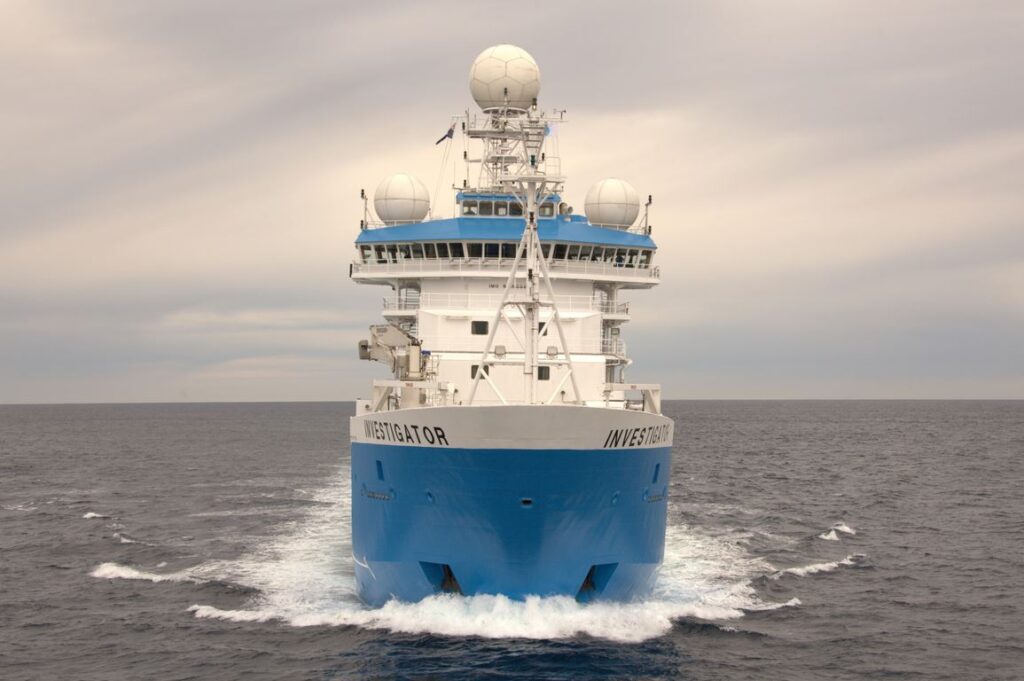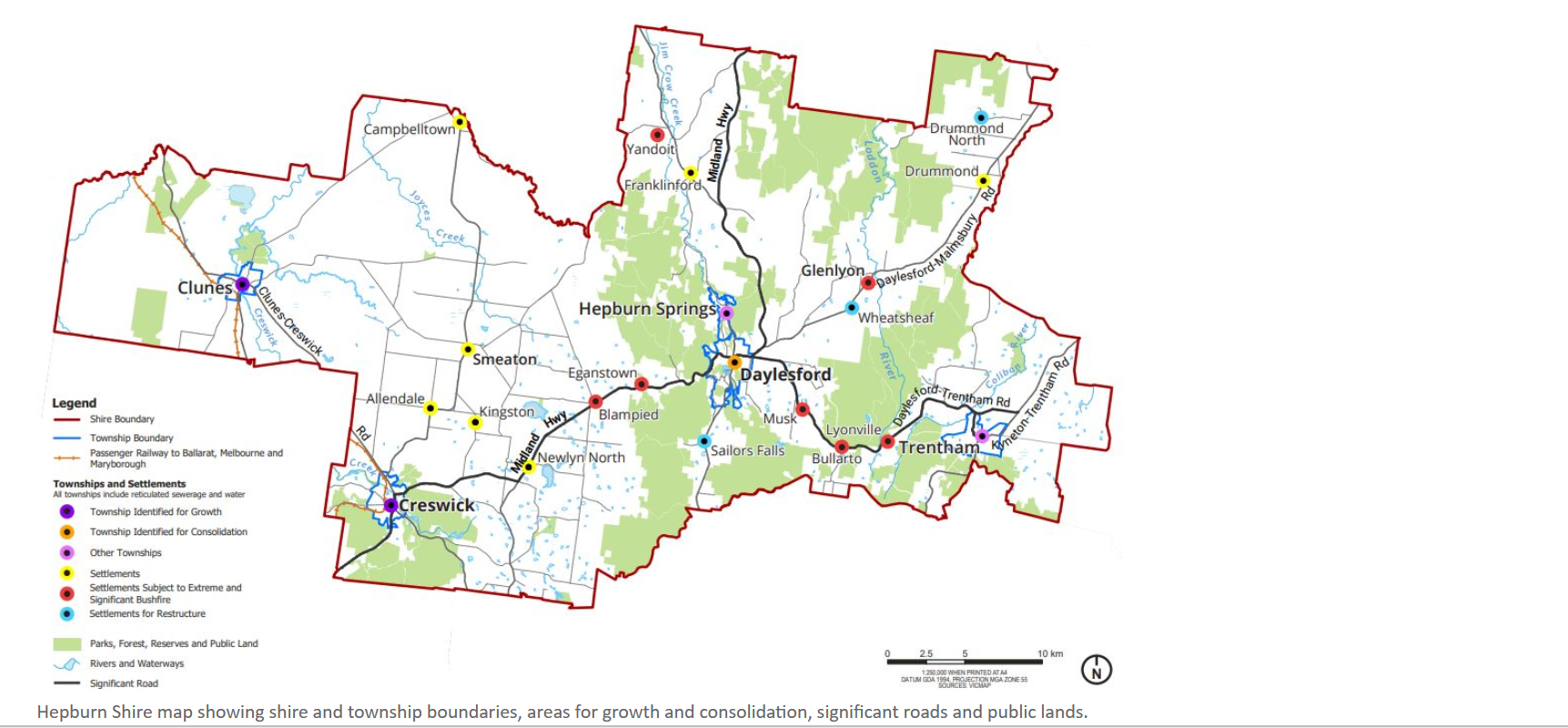January 30th, 2024RV Investigator’s longest voyage to try and solve the Southern Ocean puzzle

Scientists travelling as far as 65 degrees south will investigate why the deep ocean currents near Antarctica are slowing, whether the Southern Ocean will continue to absorb heat and carbon dioxide, and how clouds form over the Southern Ocean
CSIRO’s research vessel (RV) Investigator set off earlier this month (January 5) on the longest voyage in its 10-year history to the Southern Ocean and sea-ice edge.
The aim of the 60-day voyage is to improve our ability to anticipate the impacts of future climate change.
The science teams on board, led by the Australian Antarctic Program Partnership (AAPP) and Australia’s national science agency, CSIRO, will search for climate clues between the deep ocean, up to six kilometres below the water surface, to low-lying clouds, two kilometres above in the atmosphere.
Co-Chief Scientist Dr Steve Rintoul, of CSIRO and AAPP, said the Southern Ocean takes up vast amounts of heat and carbon dioxide and acts as a handbrake on climate change, which means it has a profound influence on climate patterns in Australia and the rest of the globe.
“To anticipate how climate and sea level will change in the future, we need to understand how the Southern Ocean works and how sensitive it is to change,” Dr Rintoul said.
“What’s amazing about the Southern Ocean is that everything is interconnected – we can’t hope to understand how the region influences climate unless we measure each piece and how it fits with the other parts of the system.”
The voyage, known as MISO (for ‘Multidisciplinary Investigations of the Southern Ocean’), will explore how links between physics, biogeochemistry, plankton, aerosols, and clouds influence the Earth’s climate.










